After I had decided on an architecture that I liked, it was time to figure out just how to implement that architecture. But, before I could get that far, I needed to figure out some groundwork in just how to build the system.
Traditionally, vacuum tube computers run at hundreds of volts and often use a massively wide variety of voltages. The IBM 604 Vacuum Tube computer uses +150V, +75V, -100V, -175V and -250V!
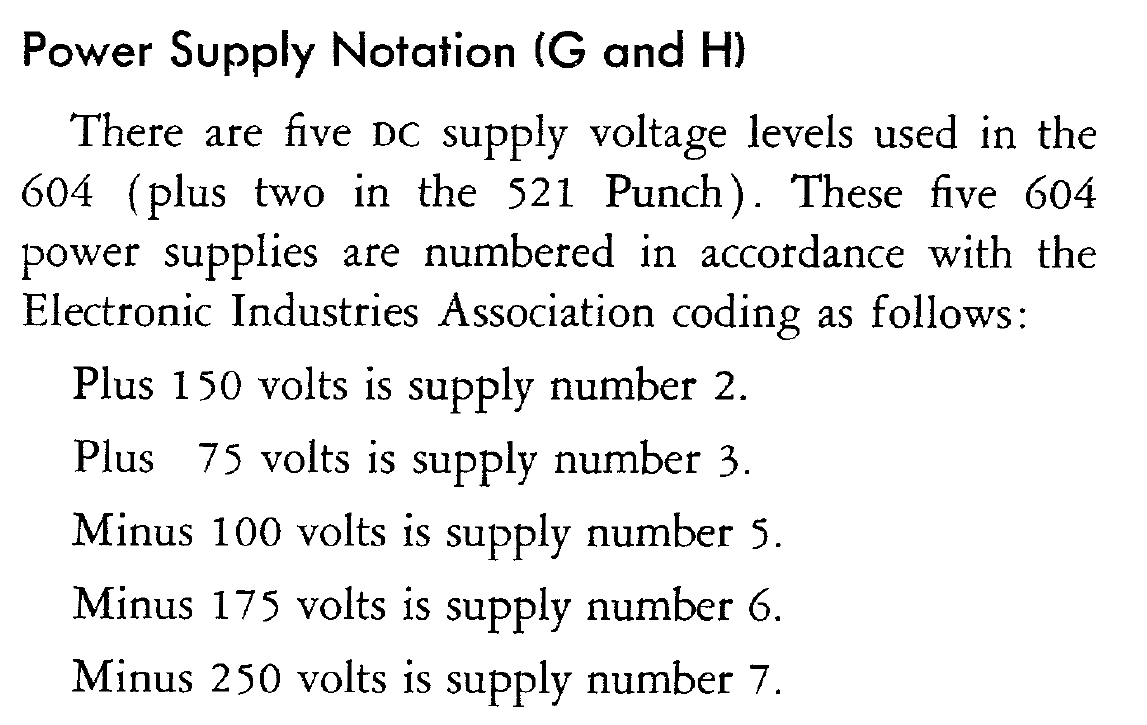
I'm a bit of a dolt though and tend to stick my fingers in the middle of circuits without really thinking. I wanted to avoid high voltages as much as possible on this build. So, I instead decided to use +24V and -12V. These specific voltages were chosen for two reasons.
First, they're super low and safe. Even at the greatest potential difference on the circuit, there is just 36V difference, which is about as harmless as it can get.
Second, it makes powering 6V heaters in series extremely easy. I can just build all my logic circuits around 2-tube or 4-tube modules and eliminate the need for a third, 6V power supply.
Here's one of my D flip flop designs. It uses 6 vacuum tubes in total. The first four tube heaters are in series and powered off the +24V supply, and the final two tube heaters are in series and powered off the -12V supply.
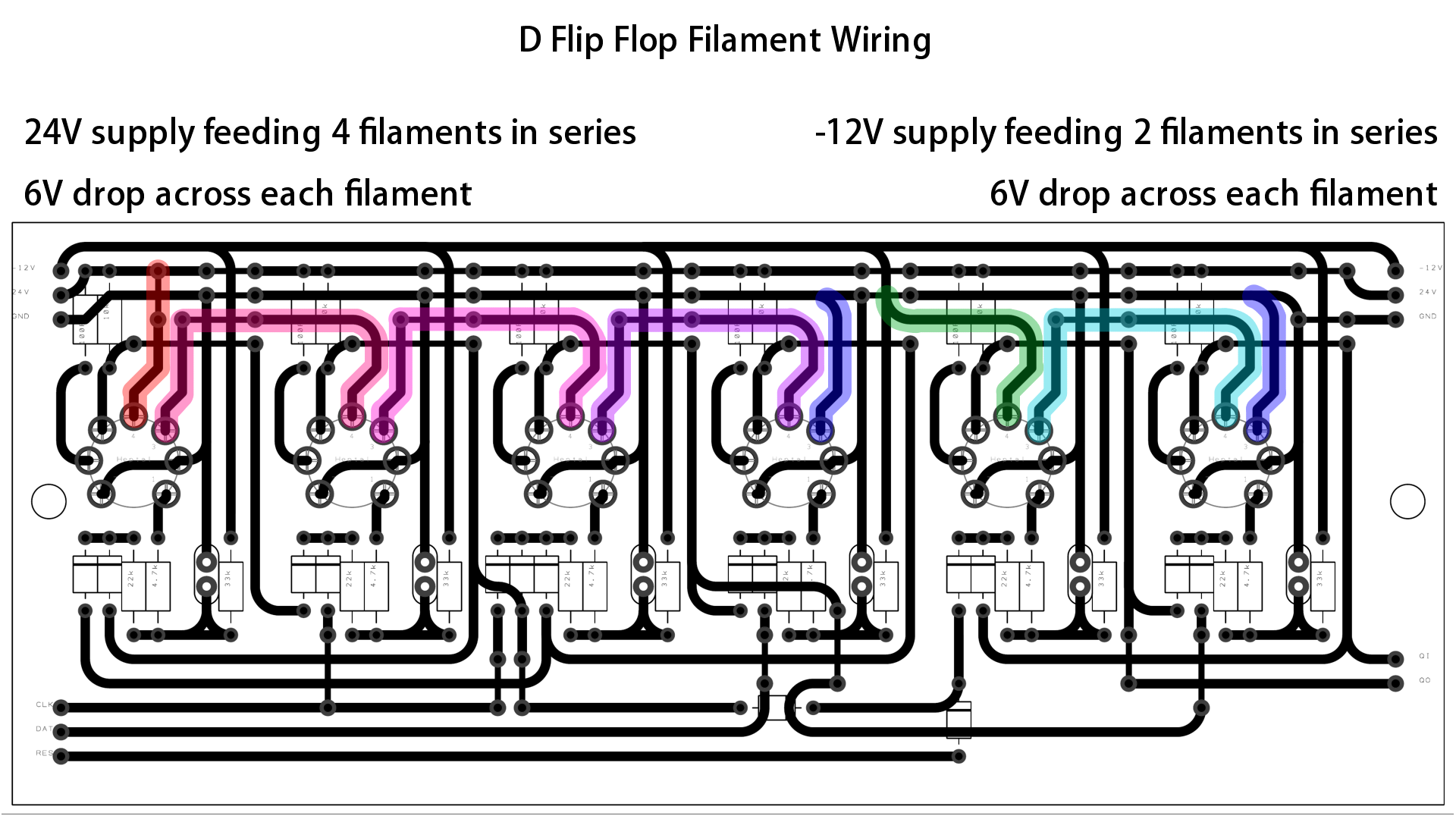
So, we've got our power supply squared away, but using tubes at low voltages is really unconventional and there's very little information out there about it. Most believe (initially myself included) that tubes can't operate at low voltages. However, the truth is, most tubes do pretty decently at low voltages, and there are even some tubes do really surprisingly well at low voltages.
But, I'm not mega rich, so there is definitely a budget to consider here. Meaning, I need to find the best tube for low voltage that is also still affordable in large quantities. Looking at the IBM 604, they use a variety of tubes, which range from fairly common and affordable to relatively rare and expensive now:
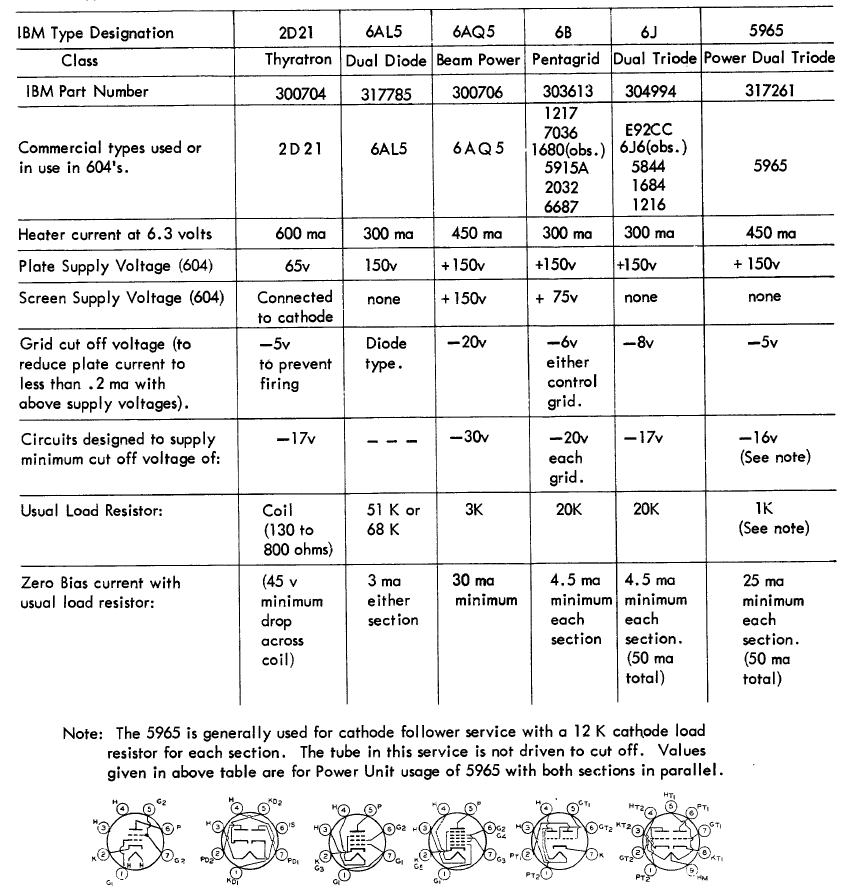
The 6J6 7-pin dual triode seemed to be the tube that IBM liked to use for most of the logic circuits due to how compact it was. And, while they're still decently affordable today, in large quantities they can start to get really pricey. Furthermore, I had no idea how well they would perform at low voltages. The answer was to just do a whole lot of testing on a bunch of different tubes.
I ordered a couple random tube lots off of eBay that had a wide array of tubes (including the 6J6). But, now that I had the tubes, I had to figure out how to test them at low voltages. The IBM 604 built nearly everything out of one fundamental building block: the inverter.
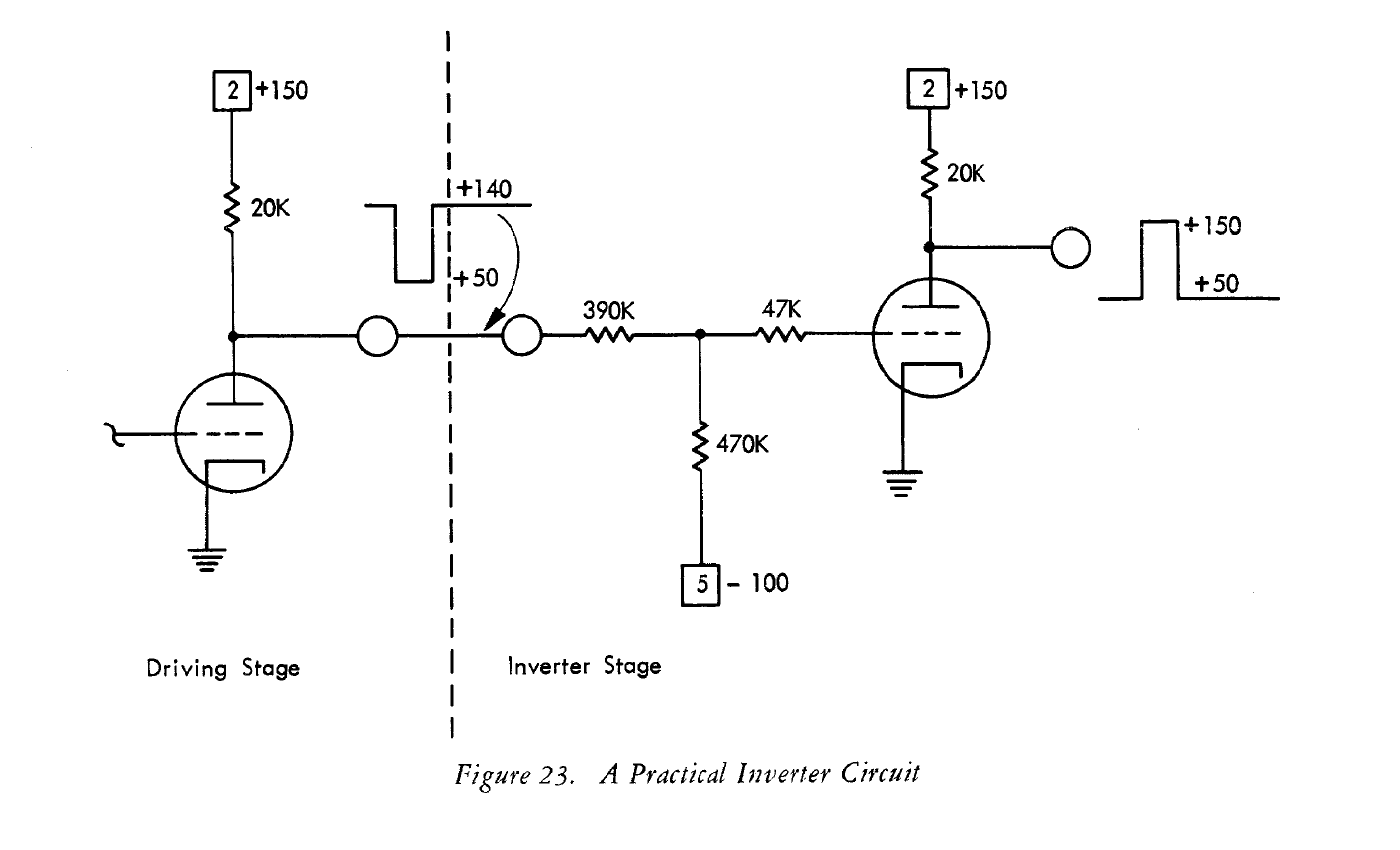
A large resistor on the plate, the cathode connected directly to ground, and a resistor divider on the grid biased to a negative voltage. So, all I needed to do was take this circuit and modify it work well at low voltages, and then test all my different types of tubes in that design to see how well they performed. Here's the inverter circuit I came up with that formed the very basis of everything I built:
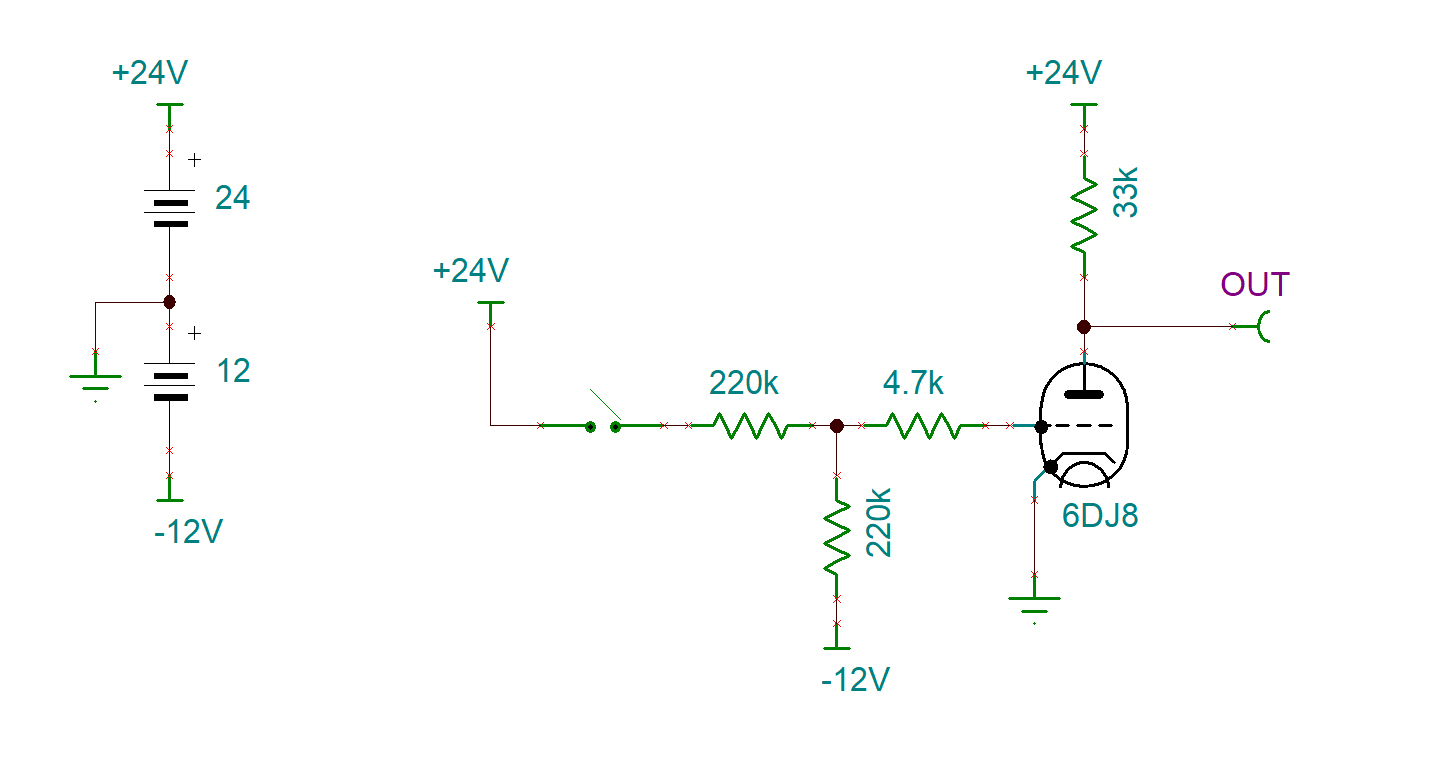
You can see it's nearly identical to the IBM inverter. All I've changed are the resistor values and the supply voltages. Next, to do proper testing, instead of a switch as the input, I used a potentiometer so I could set the grid voltage at a specific level and measure the output voltage at the plate. After hours of testing, I came up with some pretty interesting results!
Pentodes:
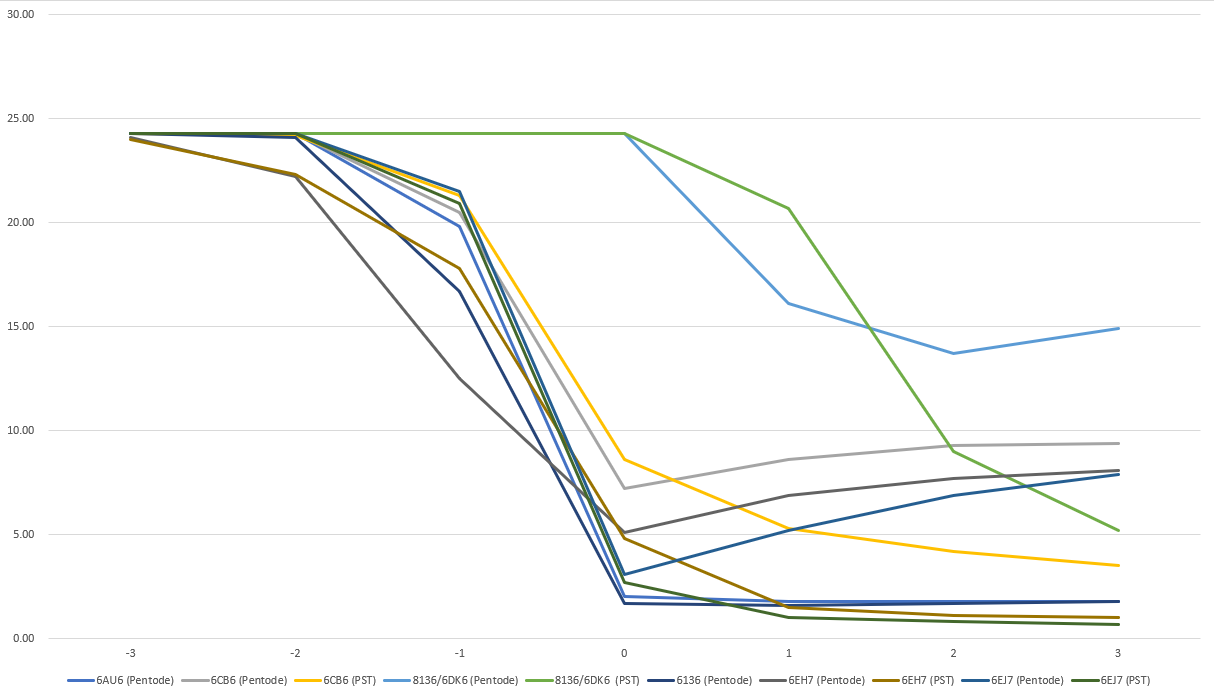
Triodes:
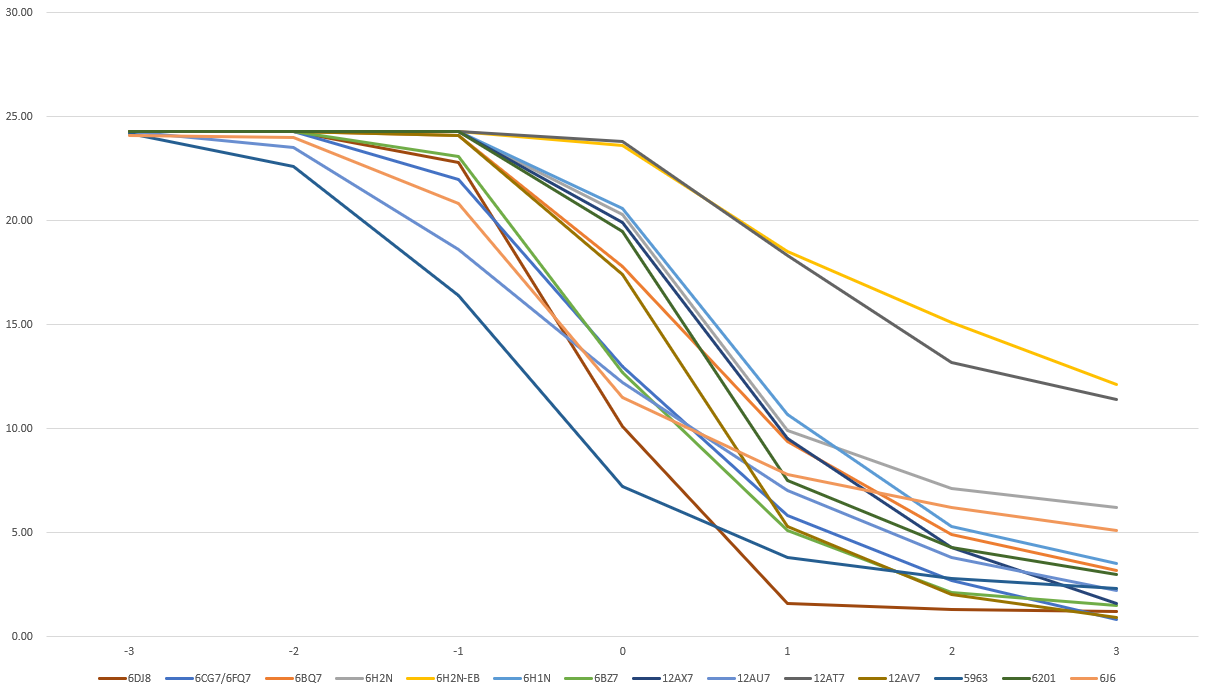
As you can see, there's quite a large difference in behavior between pentodes and triodes. Pentodes tend to transition from cutoff (no electron flow) to saturation (max electron flow) very quickly, which is excellent for digital circuits. However, triodes have a much longer, more linear transition, which makes them excellent for audio use, but not ideal for computing use.
Now, IBM used the 6J6 dual triode tube, but they had a lot more voltage to work with, so I believe the longer transition was less of a worry. However, since I have so little voltage to work with, the faster the transition, the better. And, in a serendipitous coincidence, the 6AU6 pentode seemed to be the absolute best pentode for this type of low voltage operation. I say serendipitous because the 6AU6 is also one of the most ubiquitous and cheapest tubes available!
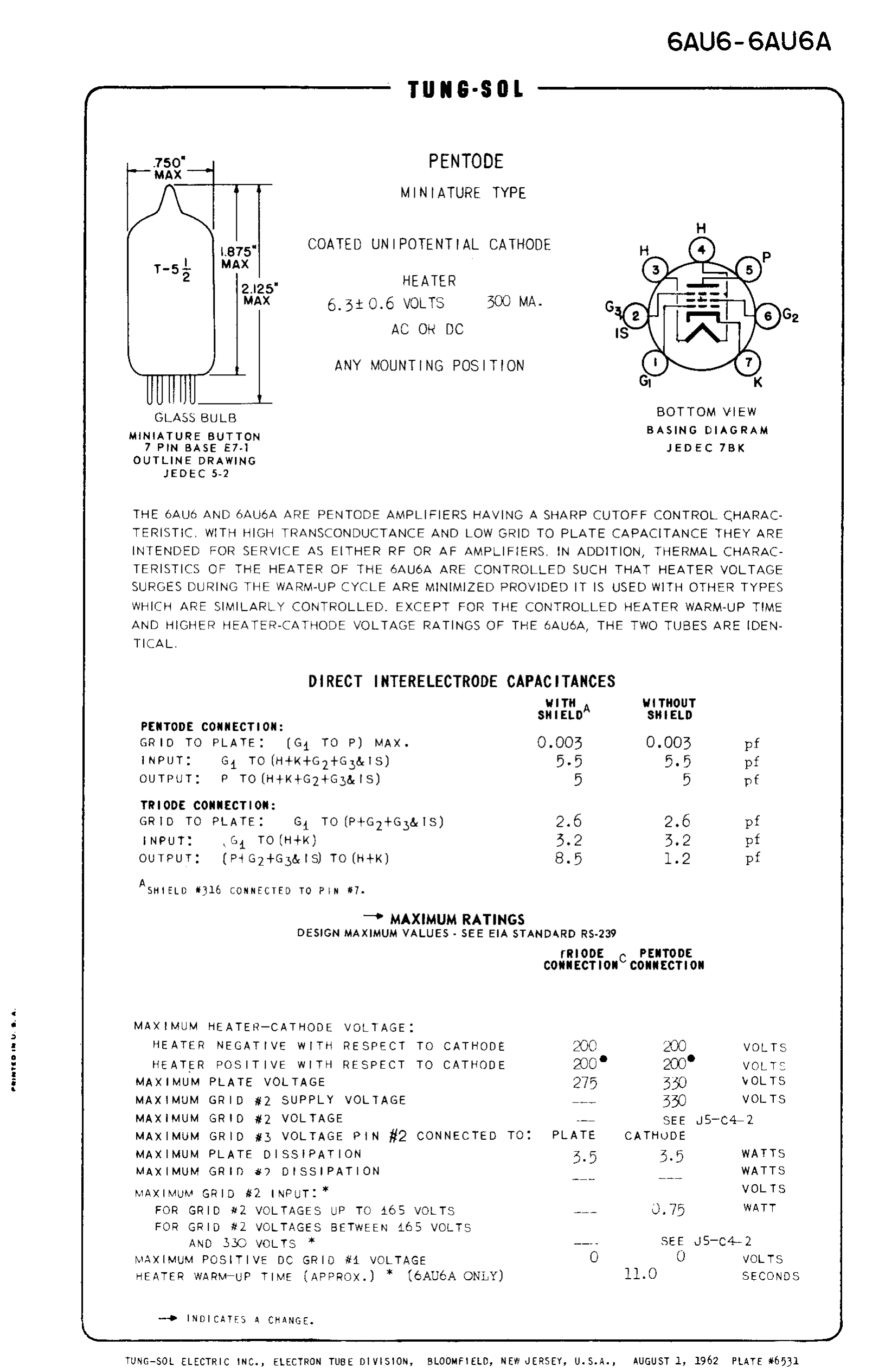
Alright! Now, we've got our tube, we've got our basic inverter design, and we've got our power supply all figured out. Now, it's time to figure out how to go about building a computer from these fundamental building blocks!
 Usagi Electric (David)
Usagi Electric (David)
Discussions
Become a Hackaday.io Member
Create an account to leave a comment. Already have an account? Log In.